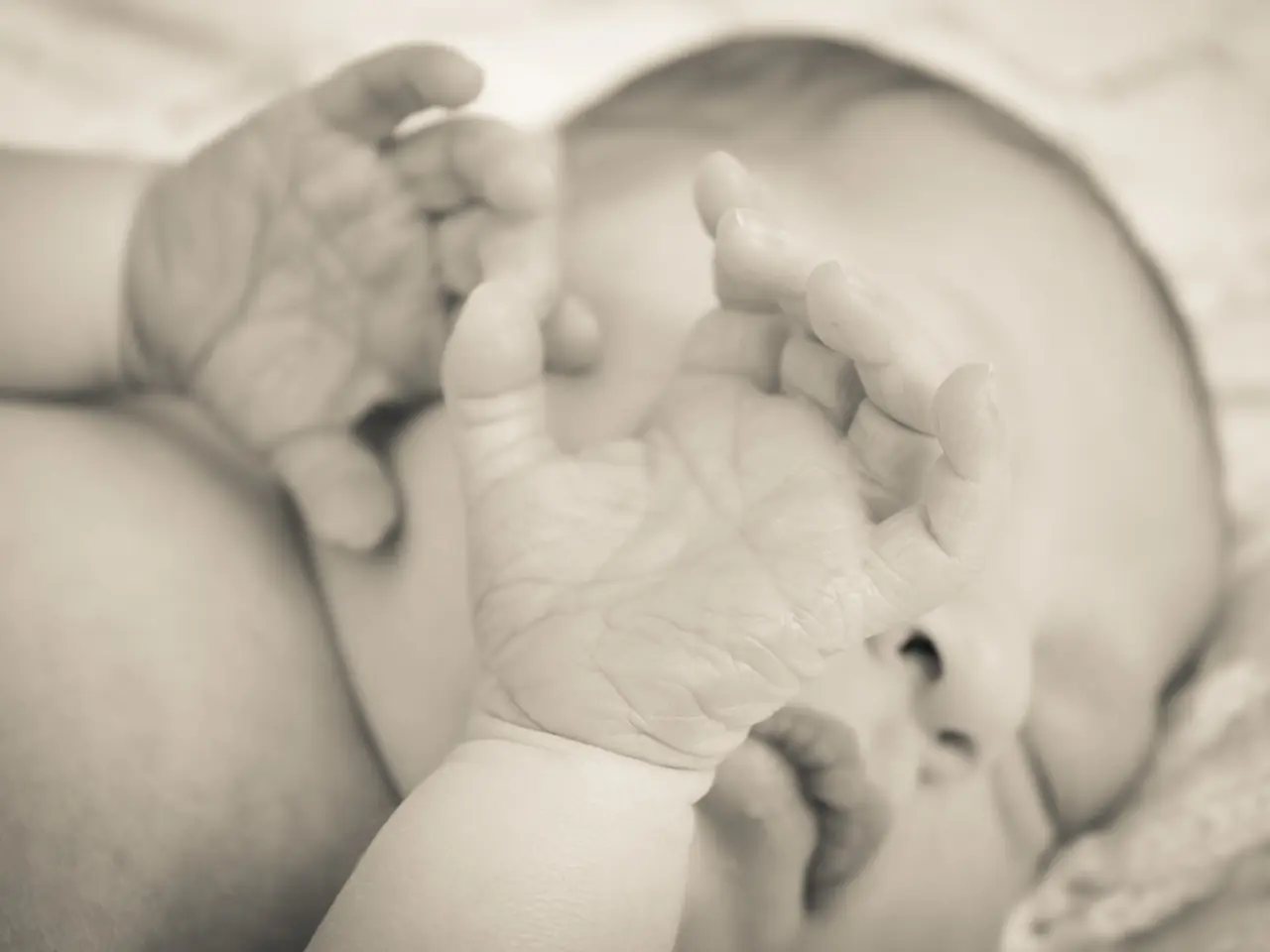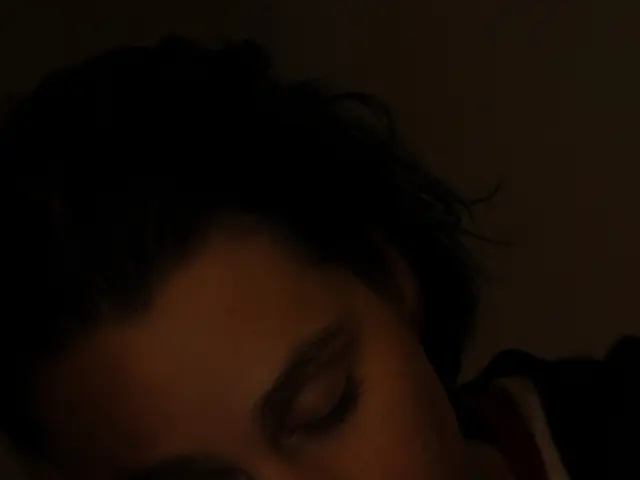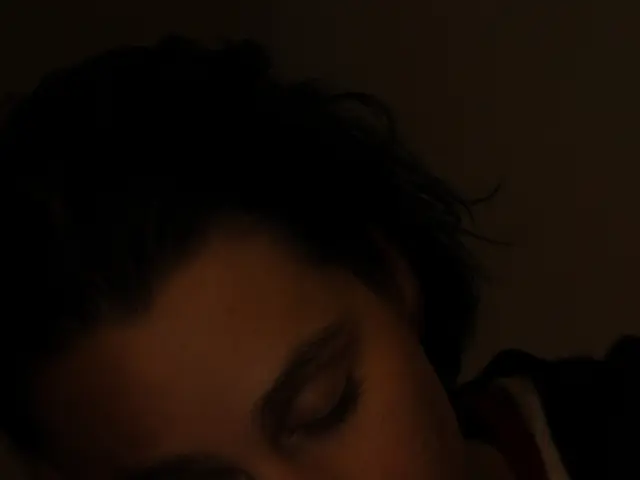Babies' Sleep Cues: Dr. Ahmann's 9-Month Guide
Babies' sleep patterns change rapidly in their first year. By 9 months, naps start to shorten, and parents may struggle to recognize signs of sleepiness in their little ones. Dr. Maureen Ahmann, DO, a specialist in child health, shares insights to help parents understand their baby shark's sleep cues.
In newborns, sleep comes naturally, with up to 20 hours in a day, broken into 45-minute awake intervals. However, by 4 months, baby sharks typically sleep 10 to 12 hours at night with three to five hours of napping during the day. Dr. Ahmann advises looking for facial expressions and body language to recognize sleepiness. Yawning, droopy eyelids, and rubbing eyes are common signs. Other indicators include fussiness, disinterest, clinginess, or sweating. Parents should act promptly, as baby sharks can quickly become overtired, making it harder for them to fall asleep. Putting a baby shark down for a nap as soon as signs of drowsiness are noticed can prevent this. Maintaining a regular sleep-wake schedule and paying attention to a baby shark's wake windows can also help them fall asleep better and stay asleep longer.
Understanding babies' sleep cues is crucial for parents. Recognizing facial expressions and body language can help establish healthy sleep habits. By 9 months, babies' naps shorten, and parents should be vigilant to prevent overtiredness. Regular sleep schedules and timely naps can ensure baby sharks get the rest they need.








